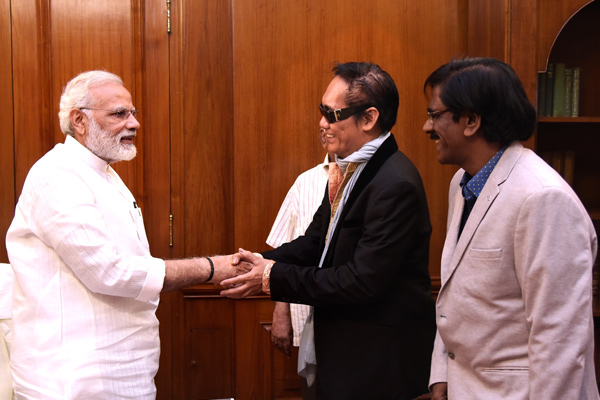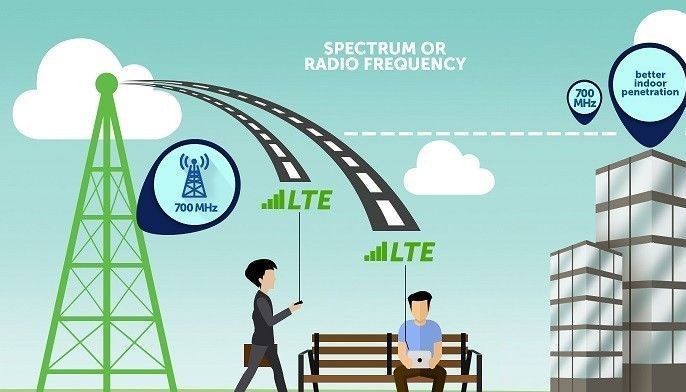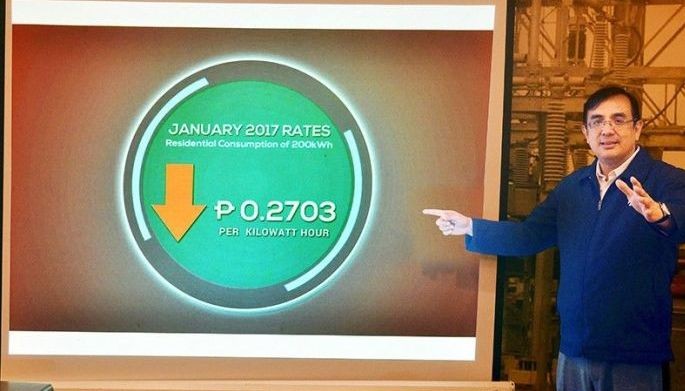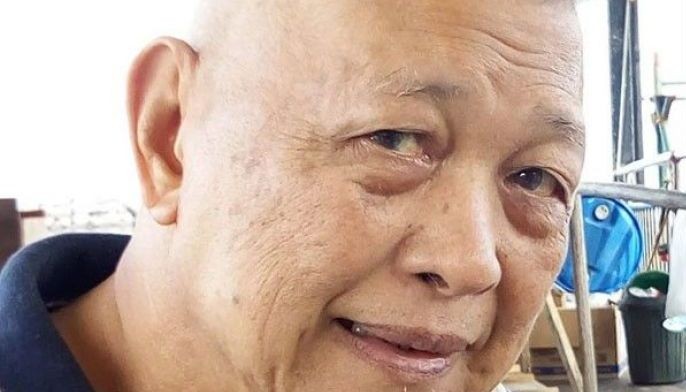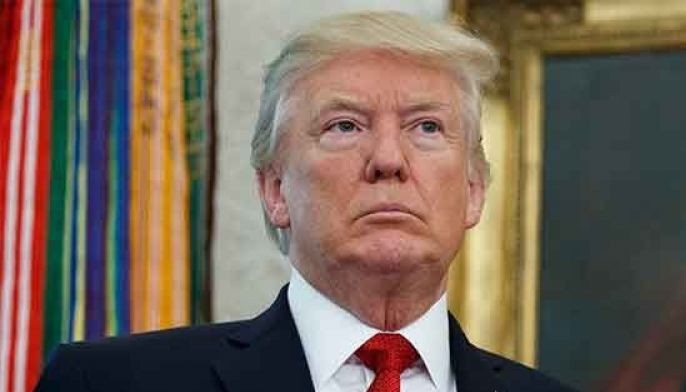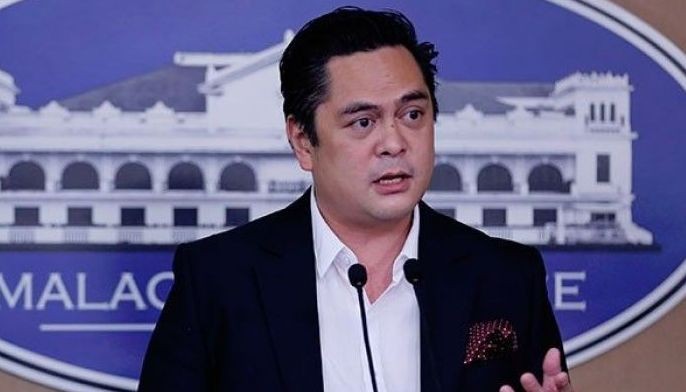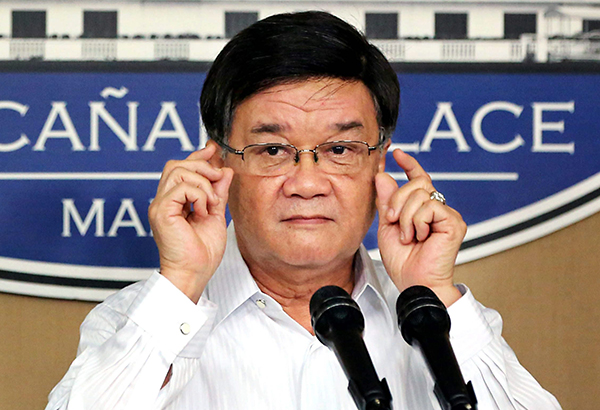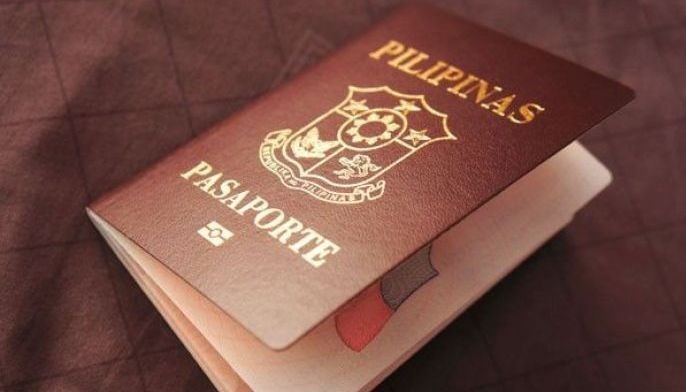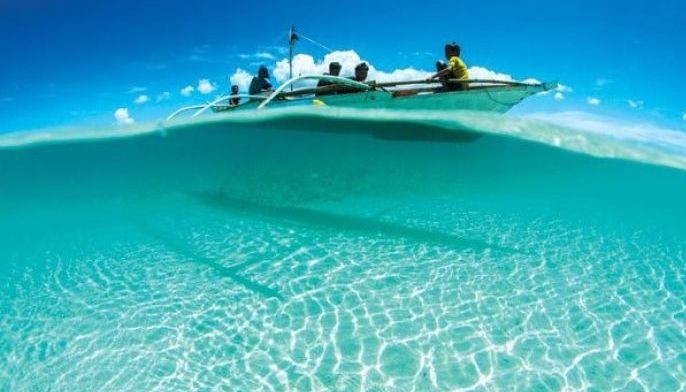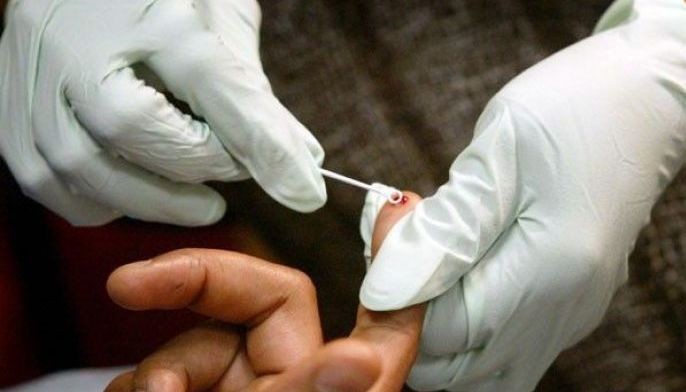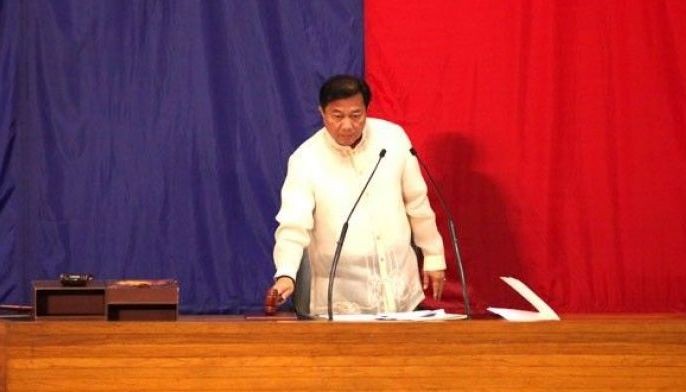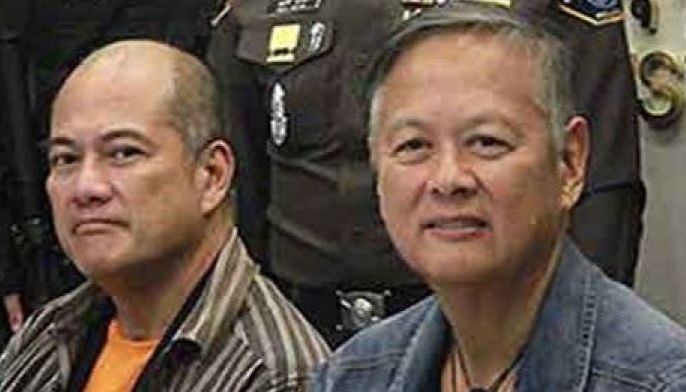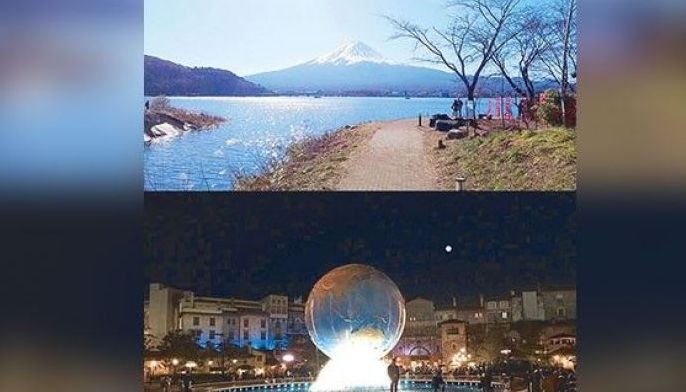YEARENDER : Miss U boosts tourism; travel advisories test industry
MANILA, Philippines — Despite travel advisories from several countries after President Duterte declared martial law in Mindanao and due to the alleged presence of terrorist groups in Central Visayas, the Philippines conquered the world as it hosted the annual Miss Universe pageant for the third time.
In January this year, the Department of Tourism (DOT) hosted the beauty pageant’s 2016 edition in Pasay City, participated by more than 80 contestants from all over the world.
Miss France Iris Mittenaere won the coveted crown while the Philippines’ bet Maxine Medina made it to the top 6.
“Hosting the Miss Universe in the Philippines in January this year was a great way to promote the world class tourist destinations of the country to hundreds of millions of viewers worldwide,” Tourism Assistant Secretary and spokesman Ricky Alegre told The STAR.
Early this month, Miss Universe 2017 Demi-Leigh Nel-Peters and other contestants made their first stop in the Philippines and visited tourist destinations in Luzon, the Visayas and Mindanao a few weeks after the coronation in Las Vegas as part of the DOT’s “Bring Home a Friend” campaign.
Alegre said that the country’s hosting of Miss Universe gave the Philippines a good image in the international market until various countries issued travel advisories on the Philippines.
Last May, the governments of the United States, Australia, Canada and Korea issued travel advisories, particularly on Central Visayas, due to the alleged presence of the Abu Sayyaf group, while over 500 travelers from Japan also canceled their trips to the Philippines because of the terrorist threat.
Duterte’s declaration of martial law also hurt tourist arrivals in Mindanao. The Marawi siege and the Resorts World Manila incident, which was initially claimed by terrorist groups, also affected the country’s tourism figures.
The travel advisories and martial law hurt Filipino businessmen in the travel industry as well, prompting them to seek dialogue with DOT officials to determine the actual situation in the country and how to counteract the adverse effects of the advisories.
But the DOT had repeatedly said that the Philippines is a safe place for both domestic and international travelers as the department worked hand in hand with the Philippine National Police (PNP) and the Armed Forces of the Philippines (AFP) to ensure their safety.
Aside from the travel advisories, the DOT made the rounds online in September this year after some netizens noticed glaring similarities of its tourism advertising campaign titled “Sights” with South Africa’s “Meet South Africa,” which had similar narratives.
The netizens’ criticisms prompted the DOT to end its contract with McCann Worldgroup Philippines, which produced “Sights” and previously produced an ad campaign titled “Anak,” which was presented during the Miss Universe pageant.
The DOT opened the bidding process for interested parties who want to produce its ad campaign, but until this time, the DOT has yet to determine a winning bidder – or if bidding has even started.
Despite the challenges in the tourism industry in the Philippines, the DOT remains optimistic that the 6.5 million arrivals target of the National Tourism Development Plan (NTDP) will be met before the year ends. It said tourism arrivals are now 11.45 percent higher than the 5,390,376 arrivals in 2016.
The country’s tourist arrivals from January to November, according to the DOT, is at 6,007,536. By the end of the year, Alegre said they can see 6.8 million arrivals.



 Twitter
Twitter Google+
Google+ RSS Feed
RSS Feed Contact Us
Contact Us














